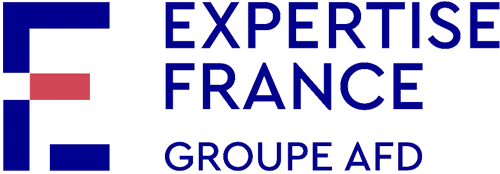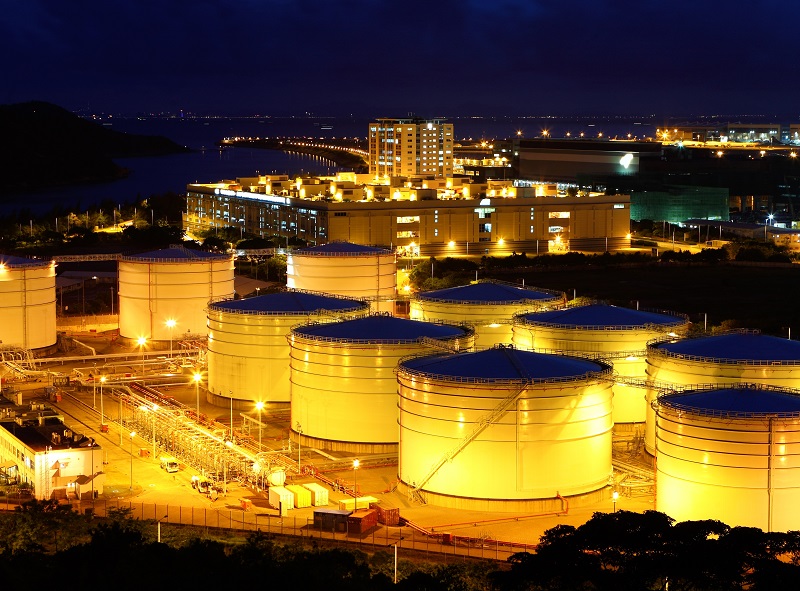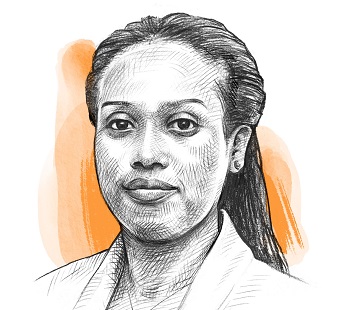Three Borders Project – Civil Protection Component
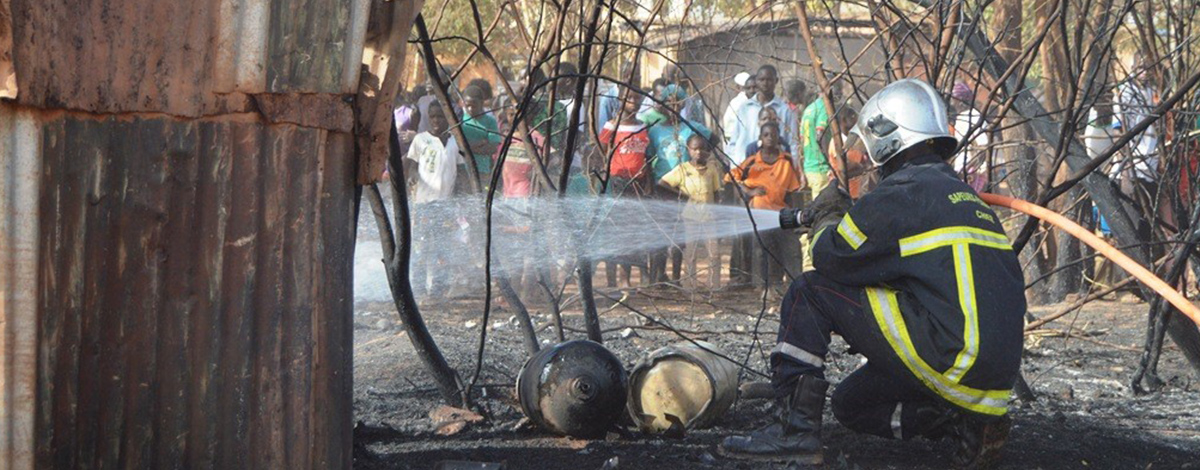
Objective
-
€4mBUDGET
-
01/09/2019PROJECT START
-
30 monthsDURATION
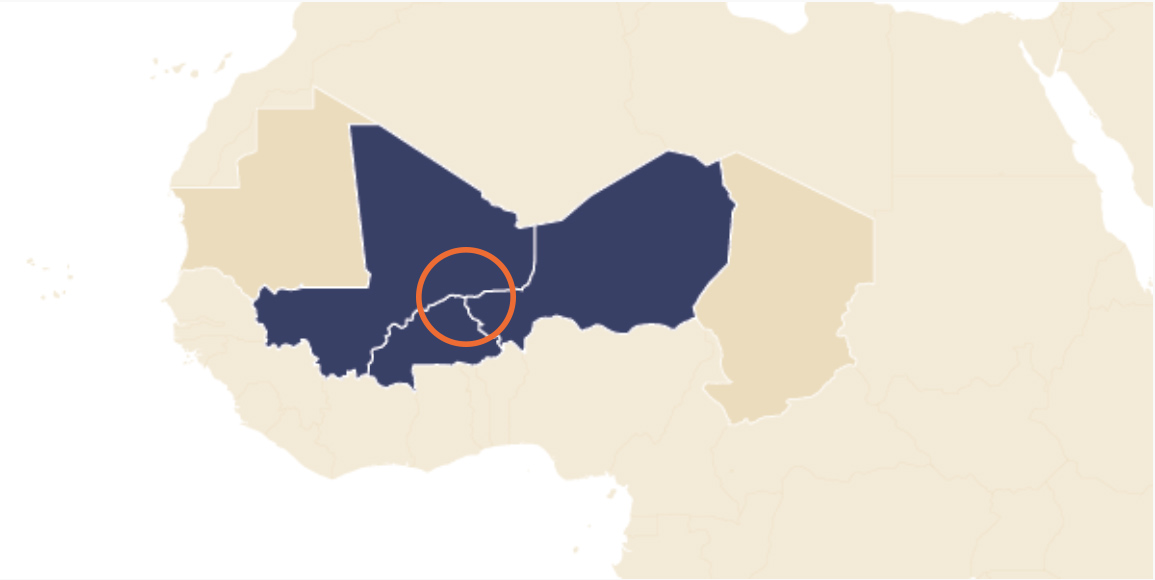 The border areas between Burkina Faso, Niger and Mali are marked by various security threats: the action of radical groups, criminal activities and banditry. These groups carry out violent attacks on both government officials and civilian populations. This leads to a rolling back of the presence of the State and the alienation of part of the community, which is likely to join these groups.
The border areas between Burkina Faso, Niger and Mali are marked by various security threats: the action of radical groups, criminal activities and banditry. These groups carry out violent attacks on both government officials and civilian populations. This leads to a rolling back of the presence of the State and the alienation of part of the community, which is likely to join these groups.
The three countries in this Liptako-Gourma region are hard hit by this unprecedented security crisis, in a context of chronic socioeconomic fragility (especially among young people) and a continuing deterioration in the scarcity of resources. Furthermore, for many years, people have had the feeling that the State is almost absent and unable to provide them with most of the essential social services.
The Three Borders project has an innovative approach combining community development through local organisations and strengthening relief capacities. The objective is to restore basic public services for populations and thereby increase the confidence people have in the State. Expertise France, in conjunction with the Security and Defence Cooperation Directorate (DCSD) of the French Ministry for Europe and Foreign Affairs, is responsible for the implementation of the “Civil Protection” component of the Three Borders project, which aims to strengthen the relief capacities of the three States.
Civil protection organised nationwide
The organisation of civil protection in the three countries of operation is based on the French model, but each national structure has its own specific organisation:
• Burkina Faso and Niger use a two-pronged model, which firstly comprises a General Directorate of Civil Protection (DGPC), responsible for prevention and the organisation of relief and, secondly, a fire brigade with military status responsible for the operational command of relief.
• Mali has developed its protection units, which are now only civilian and under the direct supervision of the Ministry of Security and Civil Protection (MSPC). MSPC is responsible for both the coordination and implementation of relief.
The project is based on the initial identification of needs by cooperation officers from the Security and Defence Cooperation Directorate (DCSD) of the French Ministry for Europe and Foreign Affairs. They are deployed in the three countries and are working closely with the General Directorates of Civil Protection and operational emergency response units.
Major relief needs in the zone
AFD, Expertise France and DCSD conducted three appraisal missions (May 2017, October 2017 and December 2018) to determine the civil protection needs in the three borders zone with all the national stakeholders involved in the delivery of civil protection services. They showed that the relief network is a major challenge in the three borders zone.
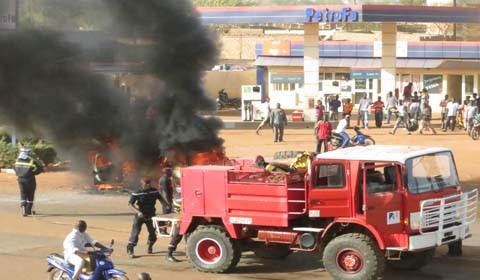
• Burkina Faso: The region identified currently has no emergency centre and has to rely on the fire and emergency services (CIS) of neighbouring regions (Kaya, Ouahigouya and Ouagadougou).
• Mali: The nearest emergency centre to the three borders zone is located on the outskirts of Gao, at about 15 km from the city. It is operational but has very limited resources to cover its area of responsibility (1 fire engine and 1 emergency vehicle). This does not cover all the needs in Gao, which has some 125,000 inhabitants[1] and is regularly affected by fires. They especially hit the market, which is the economic centre. Furthermore, the lack of nautical resources to intervene on the Niger River, in this area prone to major floods in the rainy season, seriously affects its response capacity.
• Niger: Comparatively speaking, the Tillabéri region benefits from a good network with 6 fire and emergency services (CIS) and support from the World Bank’s Disaster Risk Management and Urban Development Project (DRM-UDP). However, the border with Mali is covered by the only CIS in Téra. This emergency centre was built in 2014 and today covers an area with 115,000 inhabitants, plus the inhabitants of the neighbouring Gotheye and Bankilaré departments. The Téra CIS currently carries out some 300 interventions a year (against 90 before 2016). The CIS already has a number of buildings and is quite well equipped. However, it is unable to adequately cover the border with Mali and meet the needs for interventions on the Niger River due to the lack of rolling stock (1 fire engine and 1 ambulance) and river equipment.
Implementation methods
Seven areas of operation have been identified for the project implementation:
1) Construction and fitting-out of emergency centres (CS): in Burkina Faso, the Government will build an emergency centre in Dori. In Niger, additional infrastructure will be built in Téra, including an administrative building, a fence, a water tower and accommodation.
2) Provision of intervention and rescue equipment:
• Fire engines suited to the terrains of the interventions;
• Four-wheel drive station wagon ambulances that can adapt to the conditions of the terrain;
• Four-wheel drive vehicles and liaison motorbikes;
• Lifeboats to provide a capacity for marine interventions on the Niger River and during floods.
3) Provision of intervention and rescue materials: firefighting equipment, rescue materials (ropes, ladders…) and vehicle extrication tools to intervene in road accidents.
4) Provision of communications equipment for communication between the teams on the ground and emergency centres.
5) Institutional support: technical and operational capacity building for the Civil Protection Directors-General and operational units via training. This support for the operationalisation and operational strengthening of the emergency centres will provide a firm base for identifying ways of improving how they operate. This could benefit all the national emergency centres.
6) Training for the emergency and intervention units of each national partner, based on the needs expressed and in conjunction with the support provided by the project.
7) A cross-border crisis management exercise conducted by the Burkina Faso Higher Education Institute for Civil Protection (ISEPC) with two objectives:
• Train the civil authorities (governors, prefects, mayors) and civil protection in how to manage crises affecting populations in the cross-border area (natural disasters, for example)
• Promote operational exchanges between the authorities of the three border areas.
Coordination mechanism for the various components of the Three Borders project
The Three Borders project is based on two components: the “civil protection” component implemented by Expertise France, and the “development” component. The regional coordination liaises between the civil protection cooperation officers, AFD and the consortium of organisations responsible for the development component.
The coordination mechanism also identifies and supports possible synergies between the two project components. For example, the cross-border crisis management exercise could provide an opportunity for a joint exchange between the civil authorities of the Three Borders zone. The sharing of information and data collected in the field will make it possible to measure the success of this pilot approach.
 Find out more about the Three Borders project on the Sahel Alliance website
Find out more about the Three Borders project on the Sahel Alliance website

